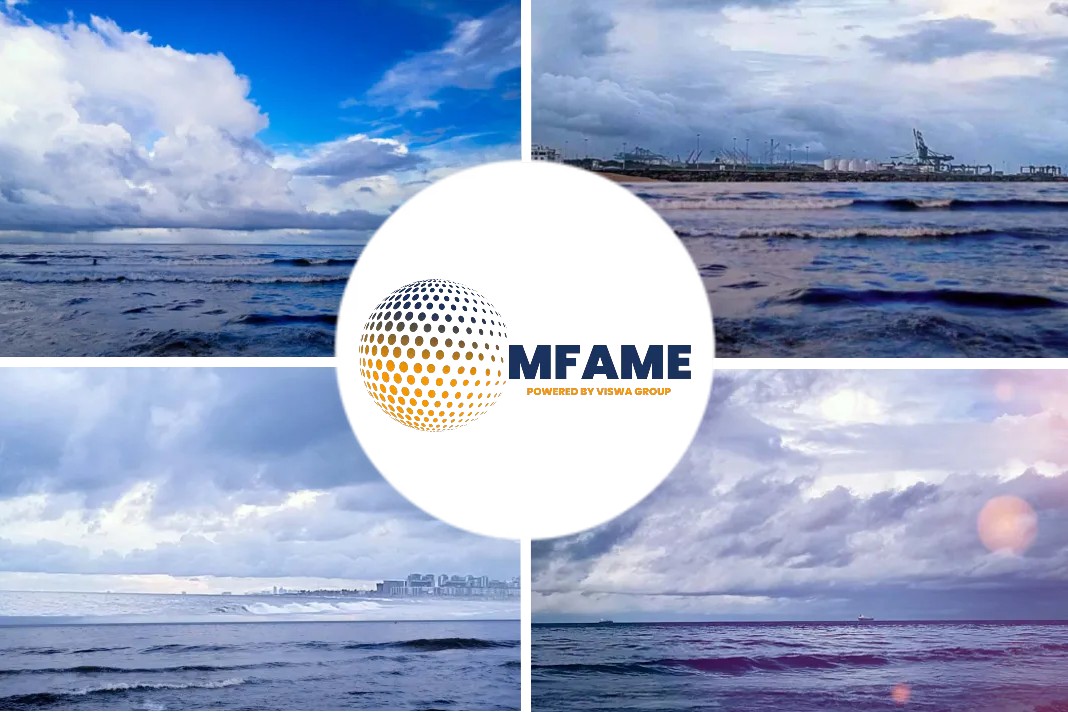
- Once considered an architectural novelty, floating houses have started to be viewed as a feasible solution to shelter people.
- The Dutch were at the forefront of the floating housing trend.
- It comes as little surprise considering their country is largely constructed on reclaimed land, much of it below sea level.
“We’re living in a country that treats itself as normal, but in reality, it’s an artificial country where we have to pump out water on a daily basis to keep our feet dry,” says Koen Olthuis, the founder and principal architect of Waterstudio.NL, which has been developing floating houses since 2003.
Renting From Nature
Floating cities are a solution to providing affordable housing in areas where land scarcity prohibits economic growth. Waterstudio is working on a freestanding city in the Maldives, consisting of 5,000 floating units, which are expected to be completed in four and a half years. “Once you have the first floating city, people can come and see how the metabolism of the city works, how stable it is, how safe it is and how it’s a solution,” Olthuis says.
The issue of fitting more people in a finite space is one faced by many nations, not just those in economic strife. “Tokyo, Shanghai, London, New York – they all have the same problems. If you compare Manhattan to what it was 50 years ago, you see that it has grown,” he notes. In these cases, floating housing can offer a solution that is more eco-friendly than the alternative.
As ambitious as these projects may be, they are in the works. In fact, a proposal for two artificial island communities in the Baltic Sea is currently being floated. Wärtsilä is one of the companies developing solutions for such infrastructure.
Standardizing Design
To Olthuis, building on top of water is the future, in part because of how a floating community can adapt to changing technical, economic and political circumstances in a way traditional construction cannot. “Floating cities are easier to adjust or move. For example, we can have summer cities or winter cities. They can be differently configured depending on the season, so the floating foundations could be repositioned to take better advantage of the sun, the wind or the water. That’s what’s interesting.”
Regardless of where they are erected, the economic future for floating cities is in standardization and mass production to lower the cost of construction. “If you want to bring a floating house into the realm of real estate, you must make sure that it has the same cost, comfort, rules, regulations, insurance and mortgage…” says Olthius.
Did you subscribe to our daily Newsletter?
It’s Free! Click here to Subscribe
Source: Wartsila






















